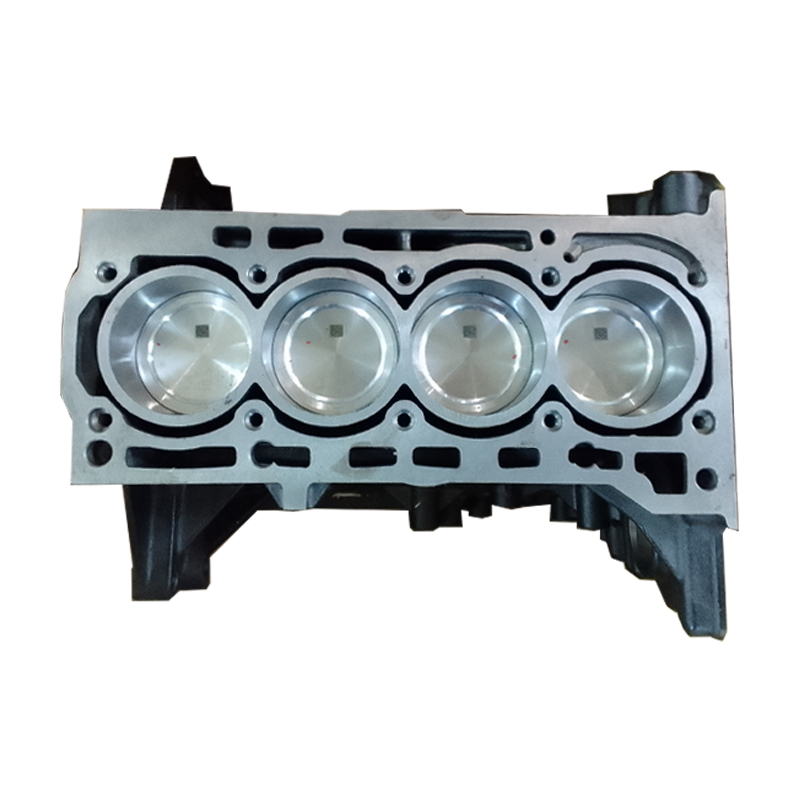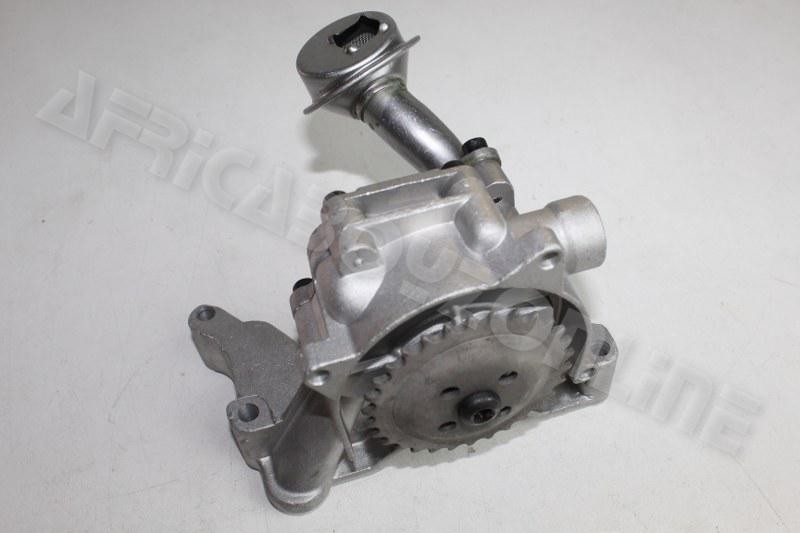Reduce downtime by using a well-maintained clp engine.
Reduce downtime by using a well-maintained clp engine.
Blog Article
How a Clp Engine Can Enhance Effectiveness in Various Industries
The advent of CLP engines marks a substantial shift in operational effectiveness across numerous industries, driven by their capability to enhance fuel intake and lessen downtime. Industries such as production and logistics stand to gain considerably from their durable design and regular power outcome, which assure to improve procedures and enhance productivity. As companies significantly focus on sustainability together with efficiency, the duty of CLP engines ends up being even extra crucial. What remains to be seen is how these innovations will certainly form the future landscape of industrial operations and their influence on wider economic trends (clp engine).
Review of CLP Engines
CLP engines, or Continual Fluid Propellant engines, represent a significant development in propulsion technology, particularly for room applications. These engines make use of a constant feed system that enables the sustained expulsion of propellant, bring about enhanced performance and efficiency contrasted to standard solid or hybrid propulsion systems. By maintaining a consistent circulation of liquid propellant, CLP engines can achieve more specific drive control, which is vital for navigating spacecraft in various goal circumstances.
The style of CLP engines integrates innovative products and cutting-edge fuel management systems. clp engine. This causes minimized weight and boosted reliability, important elements for long-duration space objectives. Moreover, the continuous procedure lessens the risk of burning instability, an usual difficulty in traditional rocket engines.

Advantages in Manufacturing
The manufacturing of Continual Fluid Propellant (CLP) engines presents a number of remarkable advantages that improve both efficiency and cost-effectiveness. Among the key benefits is the streamlined production procedure, which reduces the complexity related to standard propulsion systems. By making use of fluid propellant, suppliers can attain better accuracy in engine efficiency, causing enhanced energy outcome and minimized waste.
In addition, CLP engines promote a greater level of modularity, allowing for easier combination right into different production lines. This flexibility can considerably reduce lead times and enhance overall functional versatility. Using CLP innovation also tends to minimize the need for substantial upkeep due to less relocating parts, which equates into reduced downtime and functional expenses.

Applications in Logistics
Leveraging Continuous Liquid Propellant (CLP) engines in logistics provides considerable advantages in functional effectiveness and reliability. These engines supply a durable remedy for various transportation needs, allowing the smooth movement read this article of goods across huge ranges. The inherent design of CLP engines permits constant power result, which translates into smoother and much more foreseeable transport timetables.
One of the essential applications of CLP engines in logistics is i thought about this in heavy-duty products transportation, where they can drive both ground and aerial vehicles. Their capacity to maintain high efficiency under differing tons conditions ensures that distribution timelines are fulfilled, consequently improving customer satisfaction. In addition, CLP engines can be incorporated into automated logistics systems, helping with real-time monitoring and enhancing route preparation.
Additionally, the toughness of CLP engines decreases maintenance downtime, permitting logistics business to optimize their functional capabilities. This is specifically helpful in warehousing operations, where performance in managing and carrying goods is critical. As logistics proceeds to develop, the assimilation of CLP engines stands for a forward-thinking approach that not just improves performance yet likewise sustains the industry's expanding needs for reliability and rate.
Effect On Power Efficiency
Exactly How do Continual Liquid Propellant (CLP) engines improve power effectiveness in transport? CLP engines utilize a constant circulation of you could look here liquid fuel, maximizing combustion processes and keeping a stable thrust result. This design reduces power losses connected with standard burning engines, where fuel shipment can differ and bring about inefficiencies.
The constant procedure of CLP engines enables a more effective thermal cycle, causing higher particular impulse contrasted to standard engines. clp engine. This converts to reduced fuel intake for the very same amount of work done, substantially decreasing functional costs across different transportation fields, consisting of aviation and maritime industries
Furthermore, the capability of CLP engines to preserve optimum efficiency under differing lots problems reduces the requirement for regular acceleration and slowdown, better boosting gas efficiency. Improved energy efficiency not only adds to cost savings however likewise causes reduce greenhouse gas discharges, lining up with worldwide sustainability goals.
Future Trends and Innovations
Emerging developments in Continuous Liquid Propellant (CLP) engine innovation pledge to reinvent the landscape of transport effectiveness and sustainability. As industries pivot toward greener alternatives, CLP engines stand at the forefront, integrating cutting-edge products and layout techniques that boost efficiency while lessening ecological effect.
Among the most appealing patterns is the adoption of crossbreed systems that integrate CLP engines with renewable resource resources. This harmony can enhance gas consumption and reduce exhausts, aligning with global sustainability goals. In addition, improvements in computational fluid dynamics (CFD) are facilitating the style of even more aerodynamically effective engines, causing decreased drag and boosted gas performance.
Additionally, the growth of smart surveillance systems is set to boost operational effectiveness. These systems leverage data analytics and IoT modern technology to enhance engine efficiency in real-time, guaranteeing that the engines run within their most efficient specifications.
As study continues to discover alternative propellant formulas-- such as biofuels and artificial fuels-- the future of CLP engines looks encouraging. By harnessing these technologies, industries can not just boost their efficiency however additionally contribute dramatically to a cleaner, much more lasting future in transport.
Conclusion
In conclusion, CLP engines represent a significant advancement in efficiency throughout numerous sectors. The assimilation of sophisticated materials and fewer moving components lessens upkeep demands, while alignment with sustainability goals placements CLP engines as a crucial innovation for the future.
Report this page